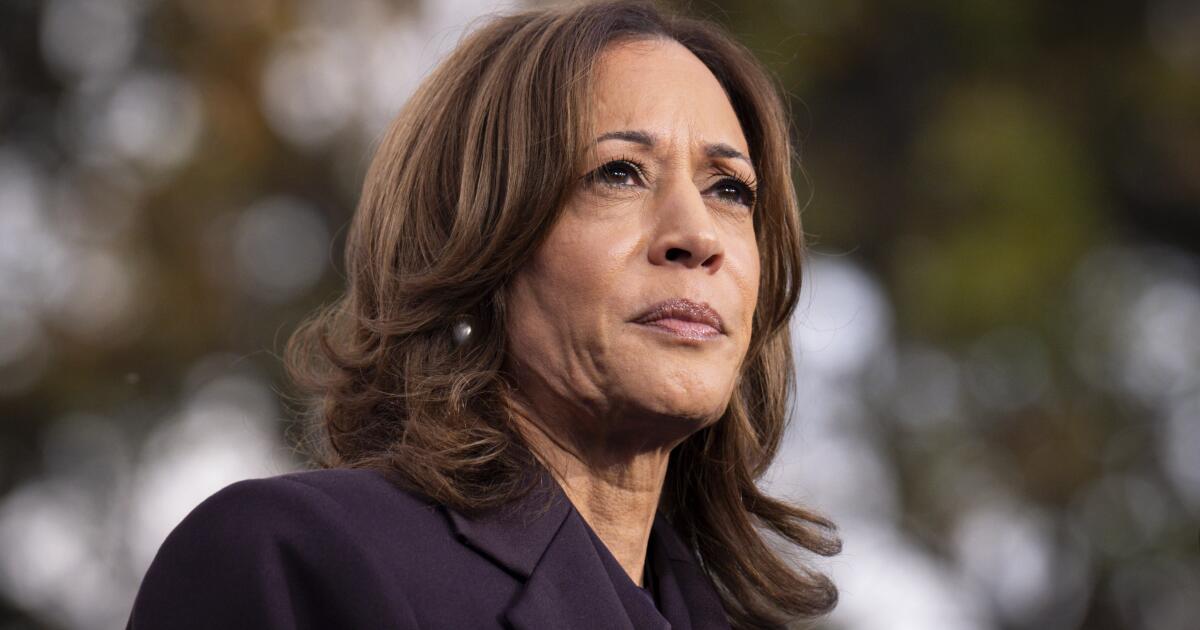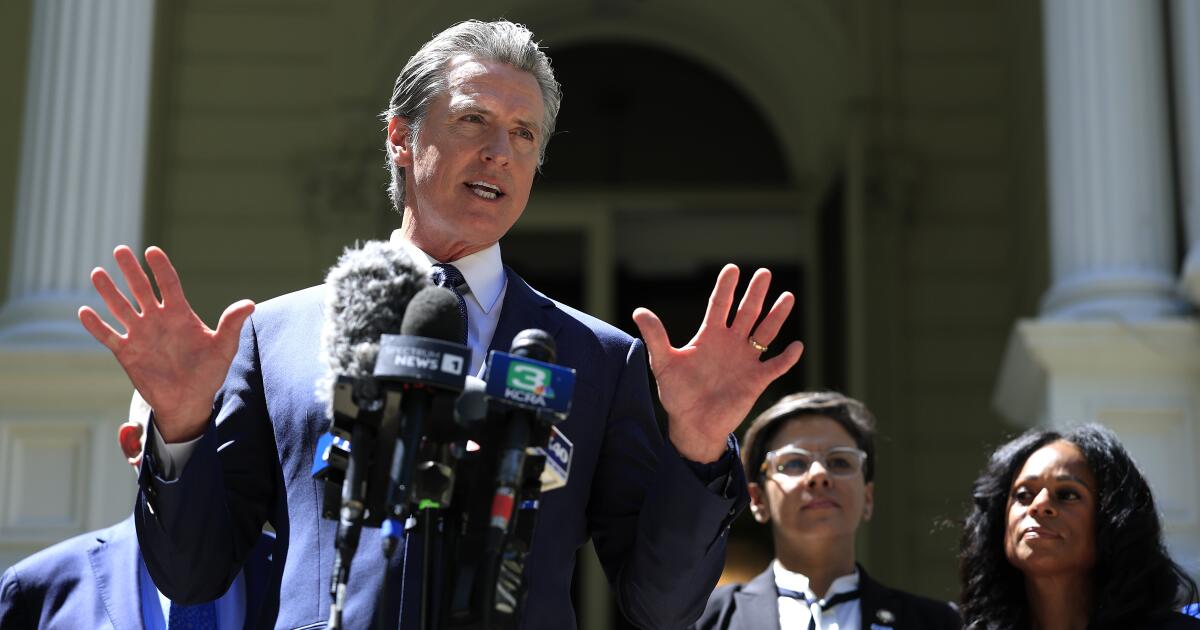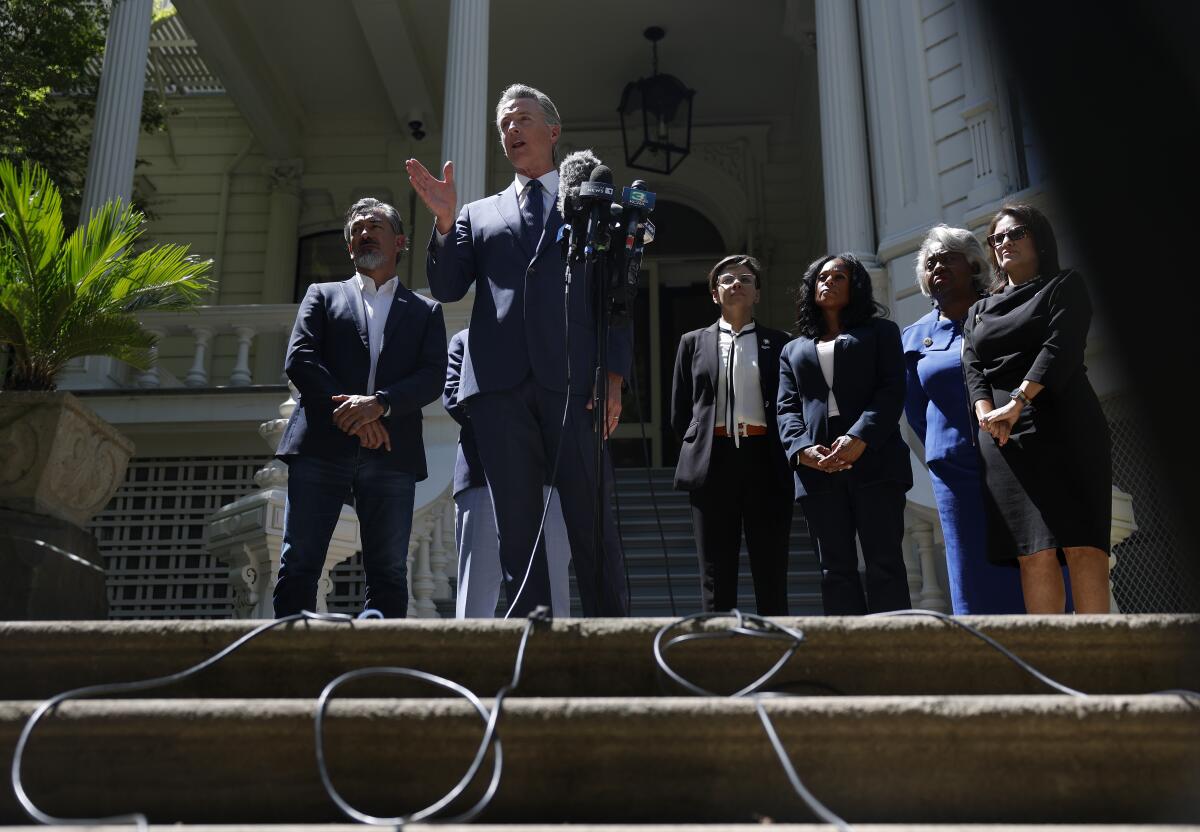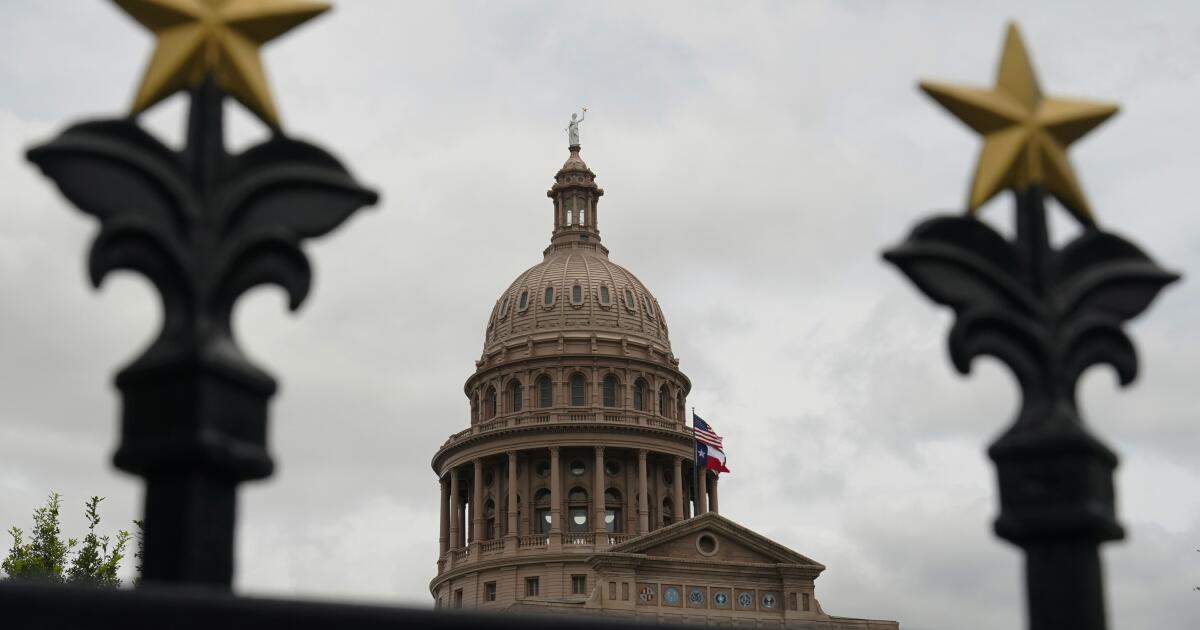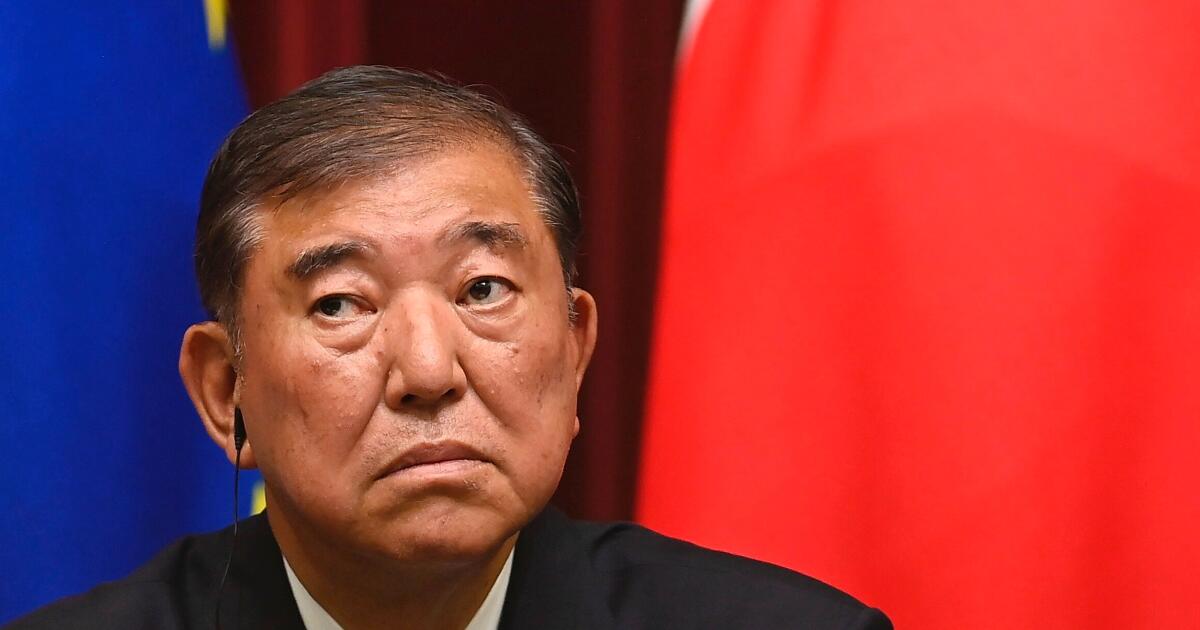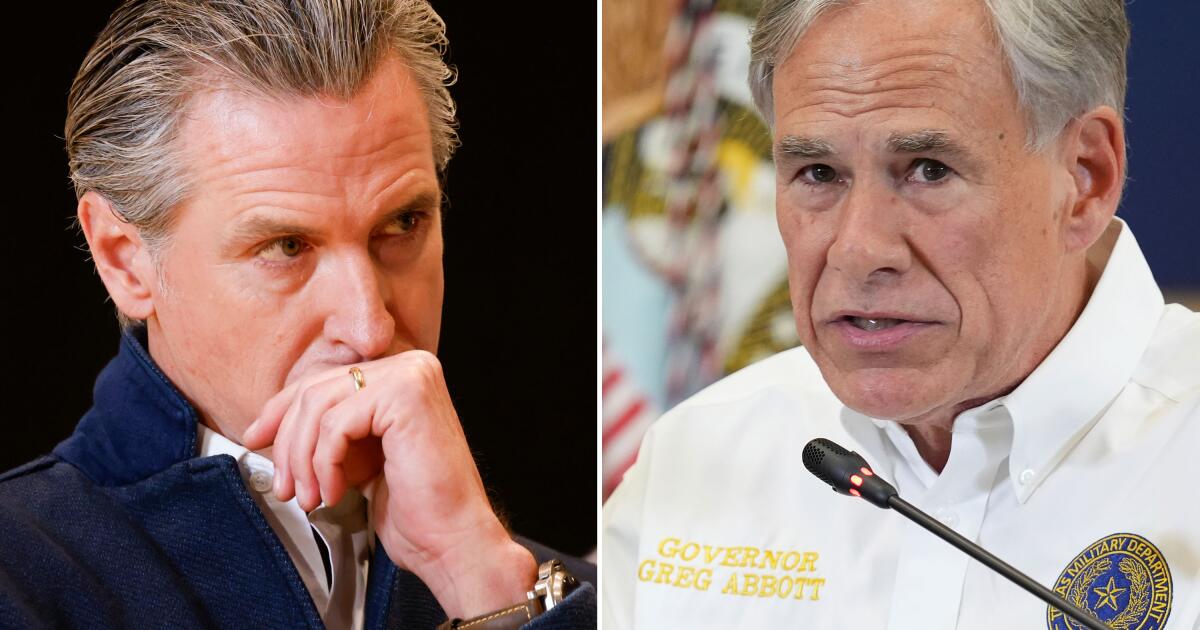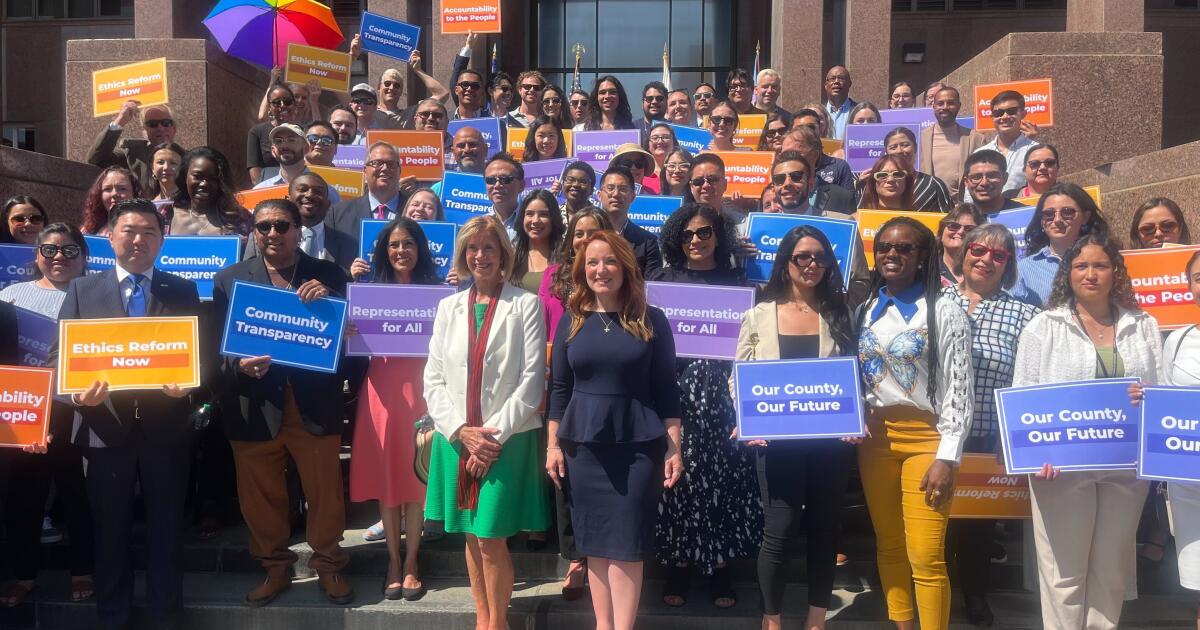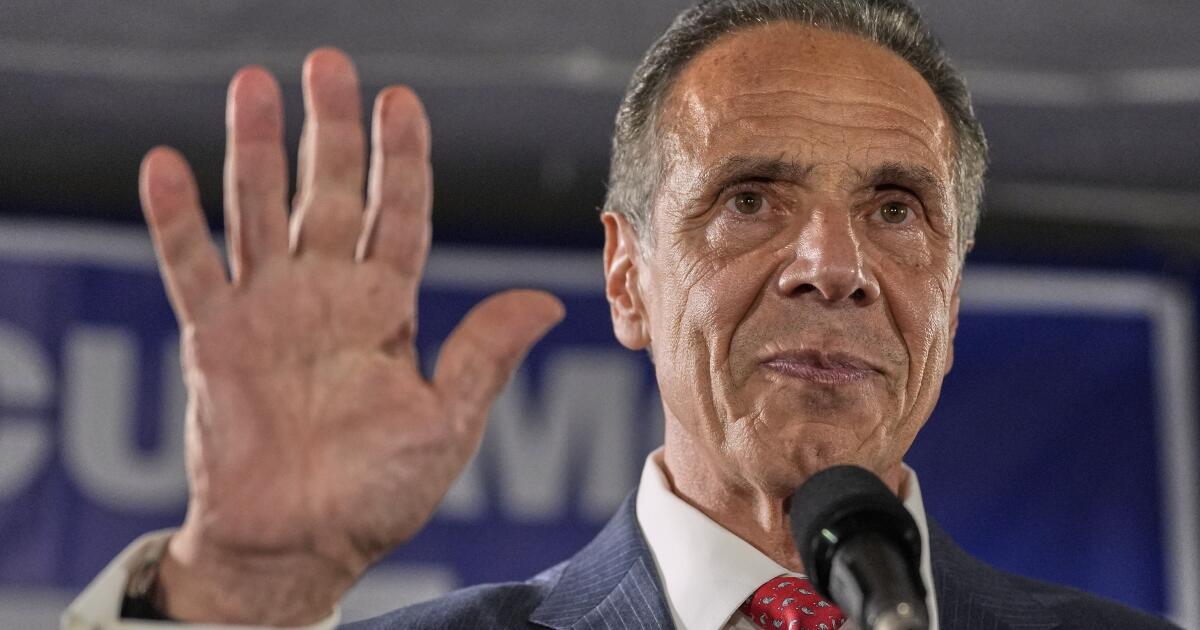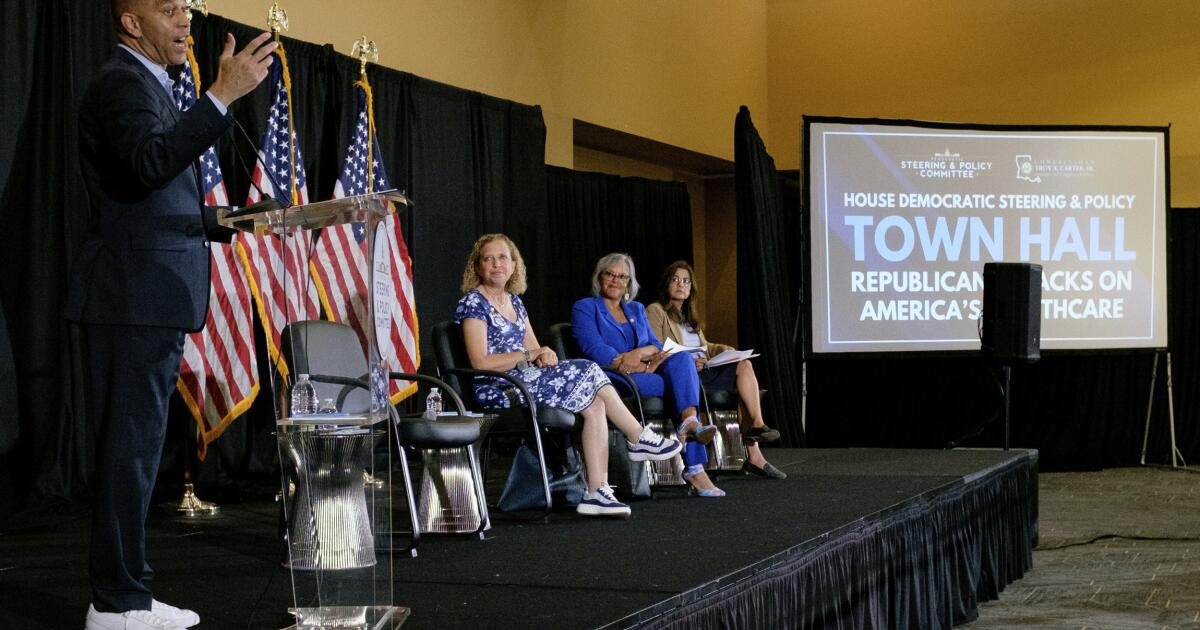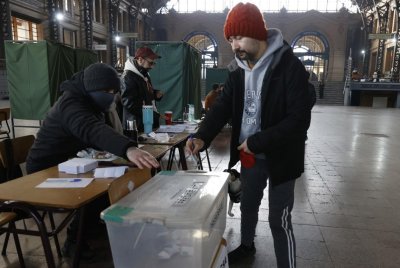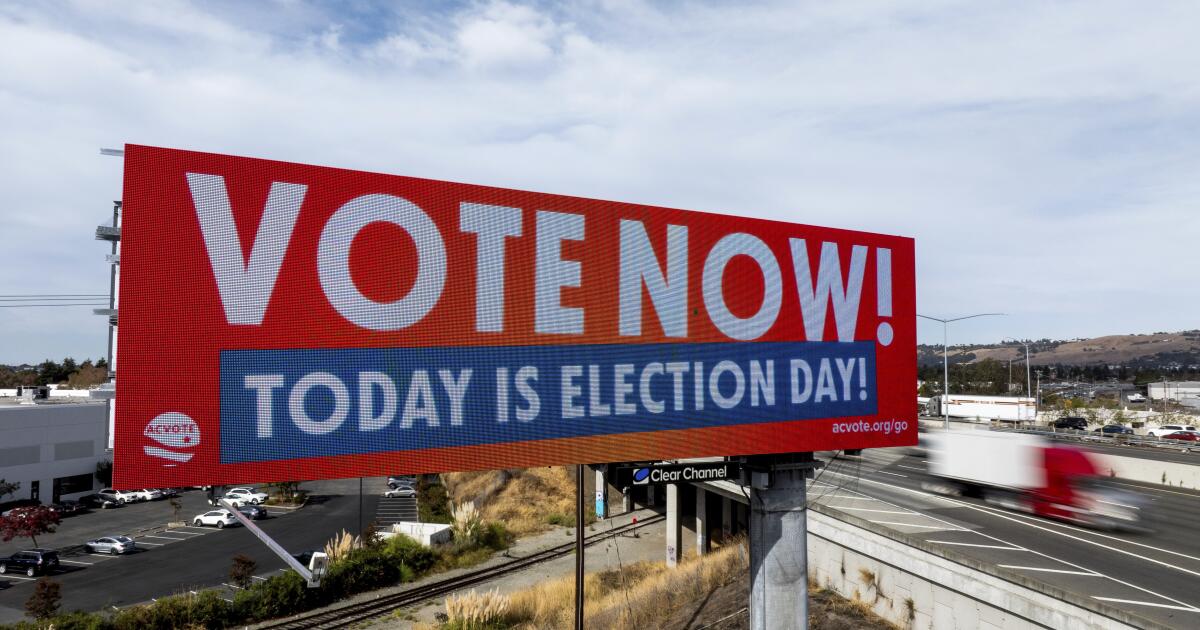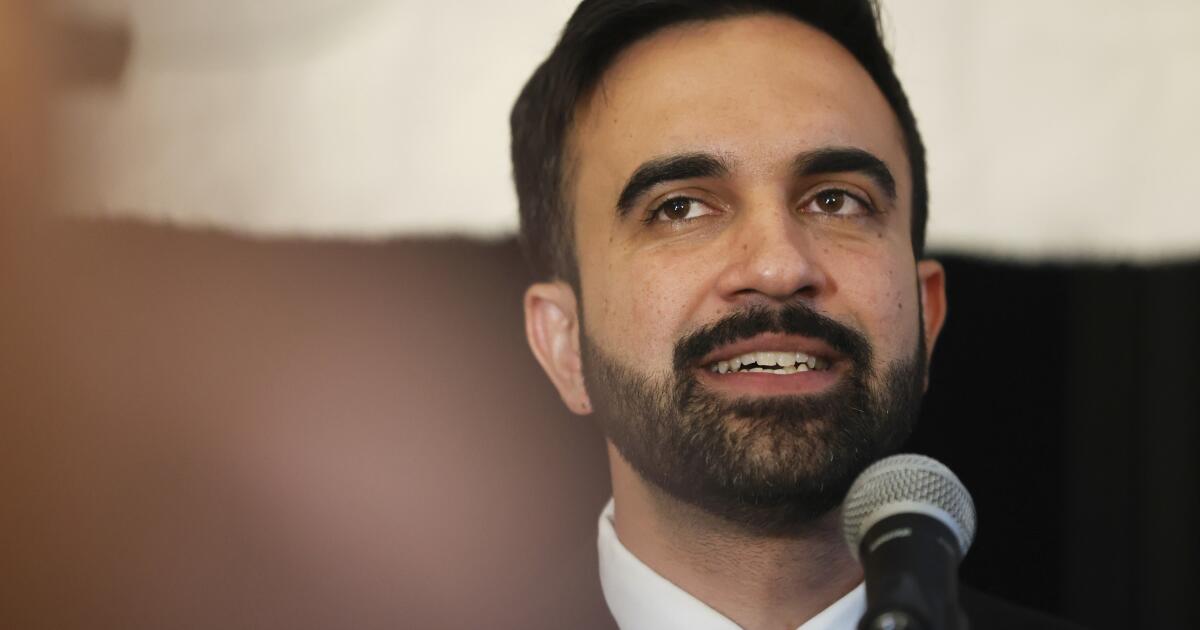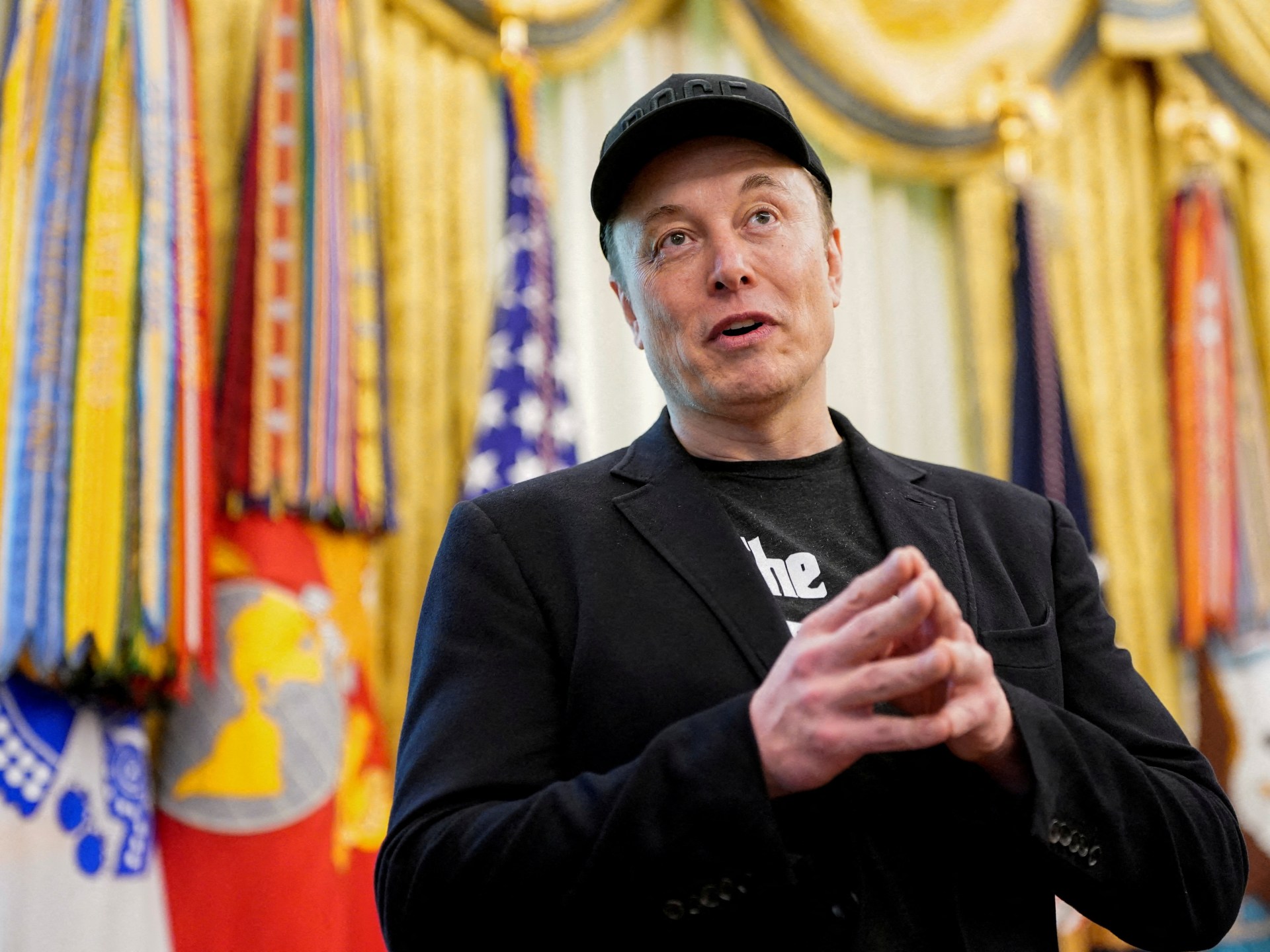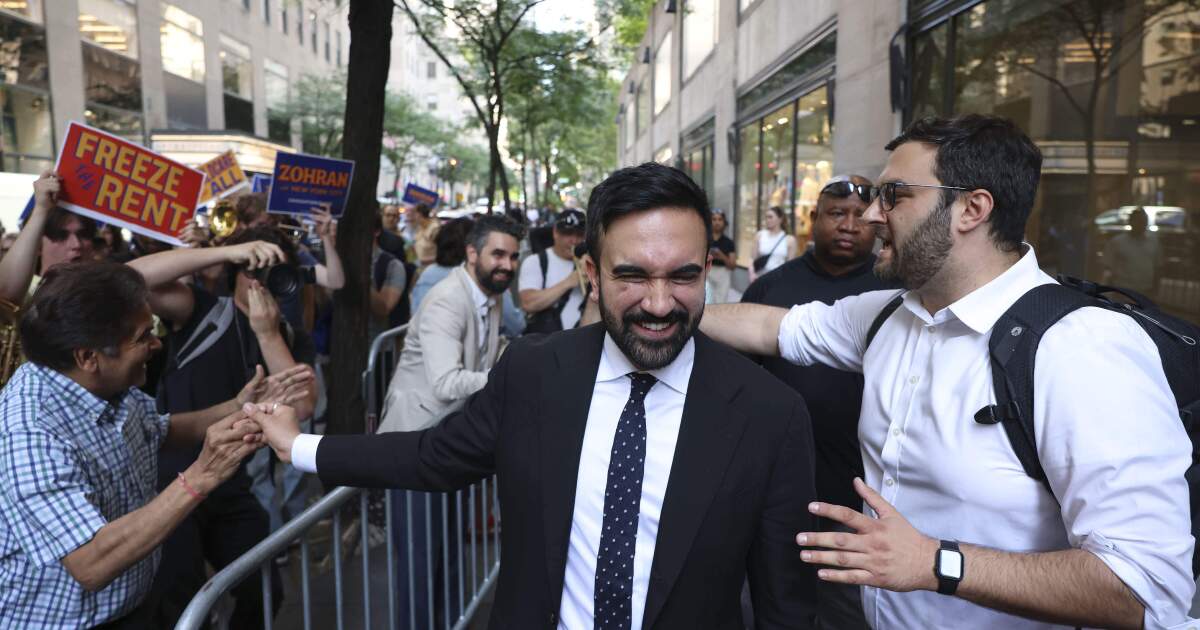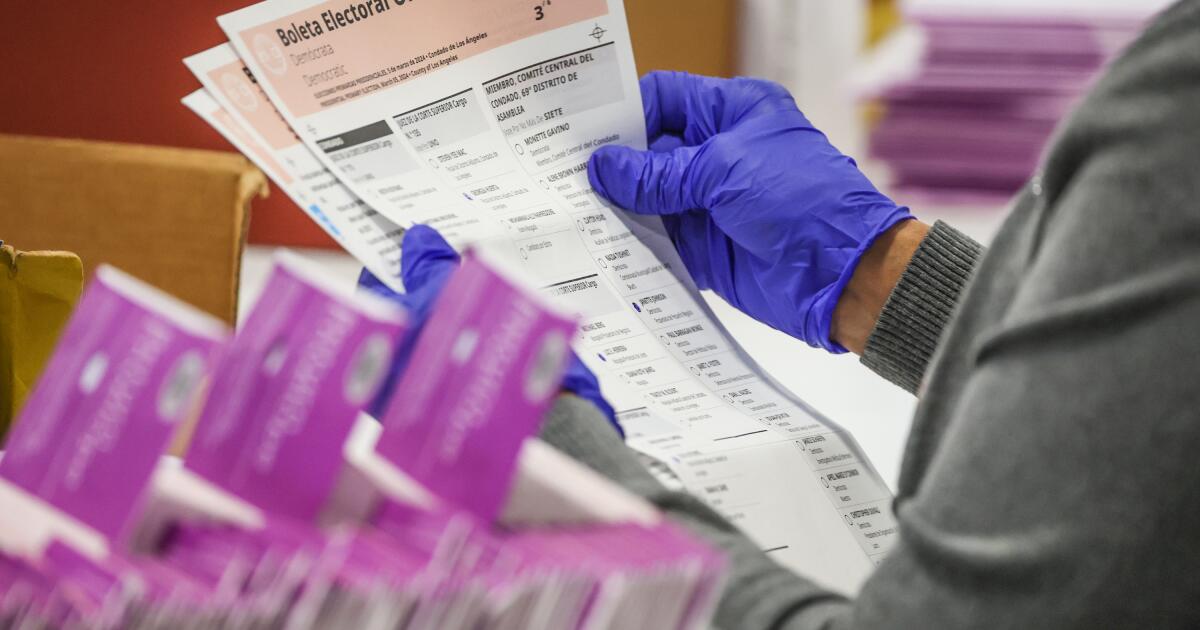Would Democrats run Kamala Harris — or any woman — in 2028?
Kamala Harris does not want to be governor of California, which has a whole lot of contenders (and some voters) doing a happy dance this week.
But with her announcement Wednesday that she is bowing out of a race she never officially entered, Harris has ignited a flurry of speculation that she’s warming up for another run at the White House in 2028.
Whether you like Harris or not, a possible run by the XX chromosome former vice president raises a perennial conundrum: Can a woman win the presidency?
“This question is legitimate,” Nadia E. Brown told me.
She’s a professor of government and director of the Women’s and Gender Studies Program at Georgetown University. She points out that post-election, Democrats can’t figure out who they are or what they stand for. In that disarray, it may seem easy and safe in 2028 to travel the well-worn route of “a straight, old white guy who fills the status quo.”
That may be especially true in the Trump era, when an increasingly vocal and empowered slice of America seems to believe that women do, in fact, belong in the kitchen making sanwhiches, far away from any decision beyond turkey or ham.
Brown points out that even Democrats who flaunt their progressive values, including how much they’d love to vote for a female president, may harbor secret sexism that comes out in the privacy of the voting booth.
Post-2024, Harris’ defeat — and deciphering what it means — has caused a lot of “morning-after anxiety and agita,” she said. “We’re all doing research, we’re all in the field trying to figure this out.”
While confused Democrats diddle in private with their feelings, Republicans have made race and gender the center of their platform, even if they cloak it under economic talk. The party’s position on race has become painfully clear with its stance that all undocumented immigrants are criminals and deserving of horrific detention in places such as “Alligator Alcatraz” or even foreign prisons known for torture.
The Republican position on women is slightly more cloaked, but no less retrograde. Whether it’s the refusal to tell the public how Trump is included in the Epstein files, the swift and brutal erosion of reproductive rights, or claims, such as the one by far-right podcaster Charlie Kirk, that the only reason for women to attend college should be to get a “Mrs.” degree, Republicans have made little secret of the fact that equality is not part of their package.
Although Trump’s approval ratings have tanked over immigration, he did win just over half of the popular vote last fall. So that’s a lot of Americans who either agree with him, or at least aren’t bothered by these pre-civil rights ideas on race and gender.
Add to that reality the eager pack of nice, safe Democratic white guys who are lining up for their own chance at the Oval Office — our current California governor included — and it does beg the question for the left: Is a woman worth the risk?
“I’ve definitely seen and heard consultants and, you know, even anxious women donors say, ‘Maybe this means we can’t run a woman.’ And I think it’s completely normal for certain elements of the party to be anxious about gender,” said Mini Timmaraju, president and CEO of Reproductive Freedom for All, a grassroots advocacy group.
She too thinks the gender question is “logical” since it has been blamed — though not by her — as “the reason we lost to Donald Trump twice in a row, right? Whereas Biden was able to beat him.”
While Timmaraju is clear that those losses can’t — and shouldn’t — be tied to gender alone, gender also can’t be ignored when the margins are thin.
Joseph Geevarghese, executive director of the progressive political organizing group Our Revolution, which backed Bernie Sanders for president in 2016, said that gender and race are always a factor, but he believes the bigger question for any candidate in 2028 will be their platform.
Harris, he said, “lost not because she was a woman. She lost because she did not embrace an economic populist message. And I think the electorate is angry about their standard of living declining, and they’re angry about the elites controlling D.C. and enriching themselves.”
Greevarghese told me he sees an opposite momentum building within the party and the electorate — a desire to not play it safe.
“Whoever it is — male, female, gay, straight, Black, white, Asian — the candidate’s got to have a critique of this moment, and it can’t be a normie Dem.”
Brown, the professor, adds, rightfully, that looking at the question of a female candidate’s chances through the lens of just Harris is too narrow. There are lots of women likely to jump into the race. Michigan Gov. Gretchen Whitmer and Rep. Alexandria Ocasio-Cortez are just two names already in the mix. Brown adds that an outside contender such as a woman from a political dynasty (think Obama) or a celebrity along the lines of Trump could also make headway.
The criticisms of Harris, with her baggage of losing the election and critiques of how she handled the campaign and the media, may not dog another female candidate, especially with voters.
“Whether Kamala runs again or not, I’m optimistic that the American people will vote for a female president,” Vanessa Cardenas told me. She is the executive director of America’s Voice, an advocacy group for immigrants’ rights.
Cardenas points out that Hillary Clinton received more than 65 million votes (winning the popular vote), and Harris topped 75 million. If just Latinos had gone for Harris, instead of breaking in an ongoing rightward shift, she would have won. Cardenas thinks Latino votes could shift again in 2028.
“After the chaos, cruelty and incompetence of the Trump presidency, Latino voters, like most Americans, will reward candidates who can speak most authentically and seem most ready to fight for an alternative vision of America,” she said. “I believe women, and women of color, can credibility and forcibly speak to the need for change rooted in the lived experiences of their communities.”
Timmaraju said that regardless of what Harris decides, Democrats will probably have one of the most robust primaries in recent times — which can only be good for the party and for voters.
And rather than asking, “Can a woman win?” the better question would be, “Do we really want a system that won’t let them try?”
